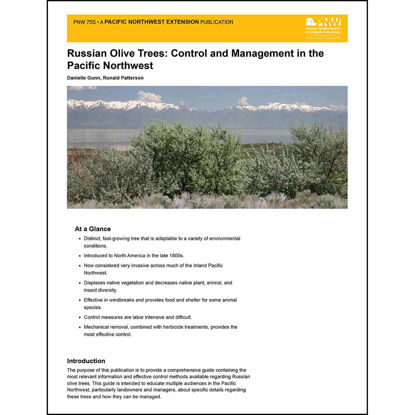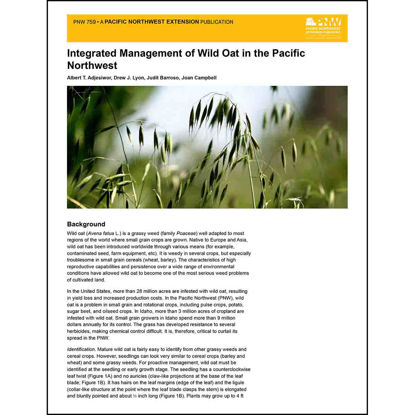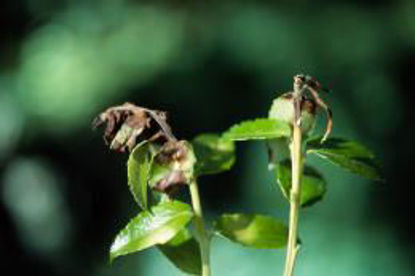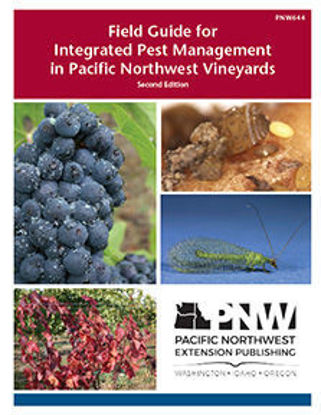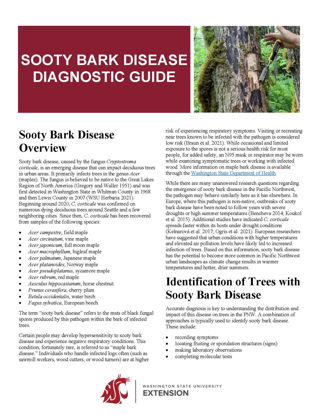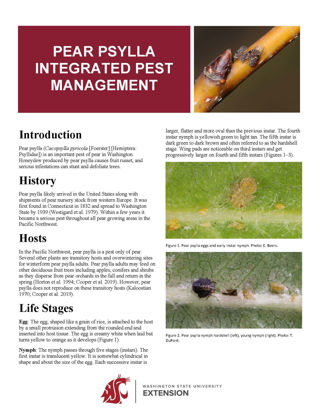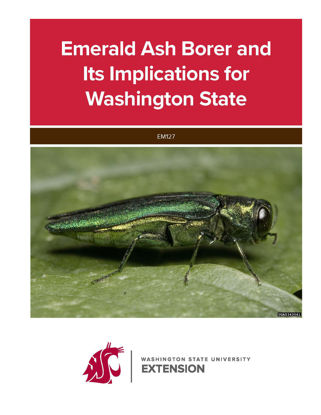You have no items in your shopping cart.
Pests, Plant Diseases, and Weeds
Pests and Plant Diseases
Russian Olive Trees: Control and Management in the Pacific Northwest
Russian olive trees are fast-growing plants that since the 1950s have become invasive throughout many areas of the Inland Pacific Northwest, particularly in riparian ecosystems. They form impenetrable masses, create inferior wildlife habitat, and provide minimal forage value for big game and livestock. This publication helps landowners and land managers to control these woody invaders by providing a detailed botanical profile of the species and discussions of the latest regrowth research and weed-control methods and strategies. Supplemental materials, including a printable appendix, conveniently identify which native species are suitable as replacements (based on landscape type, size, and soil traits) and which herbicides and application techniques are the most effective for Russian olive control.
Authors: Danielle Gunn, Ronald Patterson
$0.00
Integrated Management of Wild Oat in the Pacific Northwest
In the Pacific Northwest (PNW), wild oat has become a notable weed pest of small grain and rotational crops, including pulse crops, potato, sugar beet, and oilseed crops. It has infested more than 3 million acres of cropland in Idaho, costing small grain growers in the state alone more than 9 million dollars annually in control costs. Feeding its spread is the fact that it has developed resistance to several herbicides. This PNW provides all the basics you need to mount a defense against the stubborn grass, including its identification, crop impacts, and management strategies. A handy table also lists the brand-name herbicides to which the wild oat has developed resistance, upping the odds on your control efforts.
Authors: Albert T. Adjesiwor, Drew J. Lyon, Judit Barroso, Joan Campbell
$0.00
Preventing Phytophthora Infestations in Restoration Nurseries
Phytophthora species are water molds that can kill plants. They can spread undetected in container plants and equipment. Once they are introduced to an ecosystem, it's difficult or impossible to eradicate them. Nurseries can help prevent the spread of Phytophthora by following some simple steps. Learn how to protect native plants from sudden oak death and other Phytophthora species.
By: Norma Kline, Marianne Elliott, Jennifer Parke, Dan Stark, Dave Shaw and Alicia Christiansen
$0.00
Field Guide for Integrated Pest Management in Pacific Northwest Vineyards
In this Second Edition, we update pest management practices for established pests and provide new information on emerging pests and diseases. To produce high-quality wine and juice grapes, effective pest management is essential. The heart of the guide describes individual pests (insects/mites, diseases, nematodes, and weeds) and disorders, along with recommendations for their management.
$33.00
Sooty Bark Disease Diagnostic Guide
This pub will walk you through how to correctly identify the diagnostic symptoms of sooty bark disease, a troubling, emerging pathogen spreading across Washington.
$0.00
Pear Psylla Integrated Pest Management
Pear psylla causes fruit russet and in large numbers can stunt and defoliate pear trees. Learn best monitoring practices as well as strategies to deploy when they are detected.
$0.00
Managing Emerald Ash Borer in Washington State
The emerald ash borer is an invasive, wood-boring beetle that causes nearly 100% mortality in infested ash trees: learn how to identify this pest and the latest management recommendations.
$0.00
Emerald Ash Borer and Its Implications for Washington State
This publication is intended for Extension professionals, master gardeners, public agency personnel, tree care professionals, and those who are interested in an in-depth review of the current state of knowledge about EAB and the implications for potential damage and mitigation strategies in Washington State.
$0.00
Managing Mosquitoes in Washington Irrigated Orchards
Currently, West Nile virus infects nearly 15% of mosquitoes in parts of Washington State, so effective mosquito control is increasingly important in irrigated orchards for keeping workers and animals safe. This publication breaks down multiple ways you can begin to get a handle on pesky mosquito populations.
$0.00

